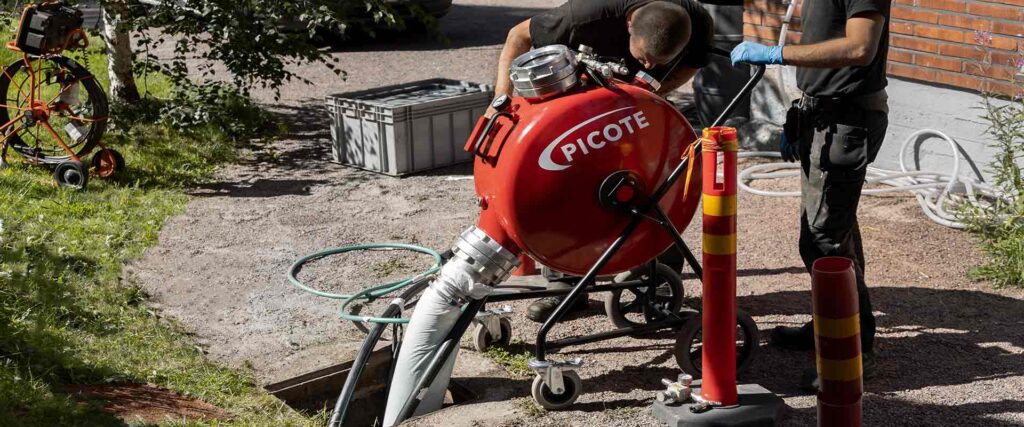
Problems in sewer pipes and rainwater drains are among the most common issues faced daily by professionals in our industry.
When a pipe system breaks, there is usually a big disruption in a home or business. Until lately, many people only knew the traditional pipe repair methods which were time consuming and involved breaking into walls and floors, a lot of dust, noise and inconvenience.
In recent years, the new trenchless technologies (without digging), have changed the way pipe repairs and replacements are faced.
From inspections, cleaning / unclogging, to repairing and replacing sewer pipes, trenchless technologies can provide the ultimate solution. The rehabilitation of sewer pipes using trenchless methodologies have many advantages, below we list some of them.
Advantages of Trenchless Pipe Rehabilitation
Trenchless pipe rehabilitation Technologies (Without Digging) have many benefits compared to traditional methods.
What are the advantages of trenchless pipe rehabilitation ?
- Quality
State-of-the-art equipment and superior, higher quality materials are used by specialized technicians to repair broken sewer pipes & drains. The result is a renewed, solid pipe system, which depending on the application, will become resistant to corrosion, rust, cracks, or even reinforced to prevent future root intrusion.
- Time saving
Experienced technicians can perform repairs using trenchless methods in just a few hours. Making pipes as new in cases where it would take weeks if fixed using traditional methods.
- No inconvenience
Digging means breaking into tiles – walls – floors, dust throughout the house, a lot of noise (even for neighbours), from hammer drills, compressors etc. And of course the inconvenience of not using the sewer system (toilet, shower, sinks etc), which would often force the inhabitants to move until works are finished by plumbers, builders, tilers and anyone involved. All this hassle can be avoided with trenchless pipe rehabilitation technologies.
- Economy
Labour costs are falling as less mobilisation is needed, fewer hours of work, and materials to complete a trenchless repair, especially when the problem lies under expensive floors. Also, the cost is controlled, since compared to other methods, the chances of unforeseen problems that would lead to unexpected costs are minimised.
- Ecological solution
During a trenchless repair, minimal transportation is required, the main equipment used is not fuel-powered, as result, we have reduced air-pollution compared to traditional methods. In cases where water is used for cleaning, the machines are designed to use the less water as possible. Regarding waste, these technologies use the existing pipe as the base to install a solution internally either liner on the entire length of the pipeline, or resin coating, or to locally fixing a problem. Thus avoiding unnecessary waste such as old pipes or materials from digging.
- Durable & guaranteed
Materials used to in trenchless repairs, such as resins, liner and fiberglass, combined with proper application, have a life expectancy of over 50 years. With some manufacturers such as Picote, which enable authorized installers to provide their customers with a 10-year warranty on the applications of the Picote Brush Coating System.
One disadvantage of trenchless pipe rehabilitation:
In some extreme cases it is impossible even for the most experienced technicians with the best equipment, to repair a defective pipe either because it is completely damaged / eroded, or due to lack of required access, leaving as the only solution the digging to replace the damaged pipe.
>> Learn more about trenchless pipe rehabilitation solutions here
